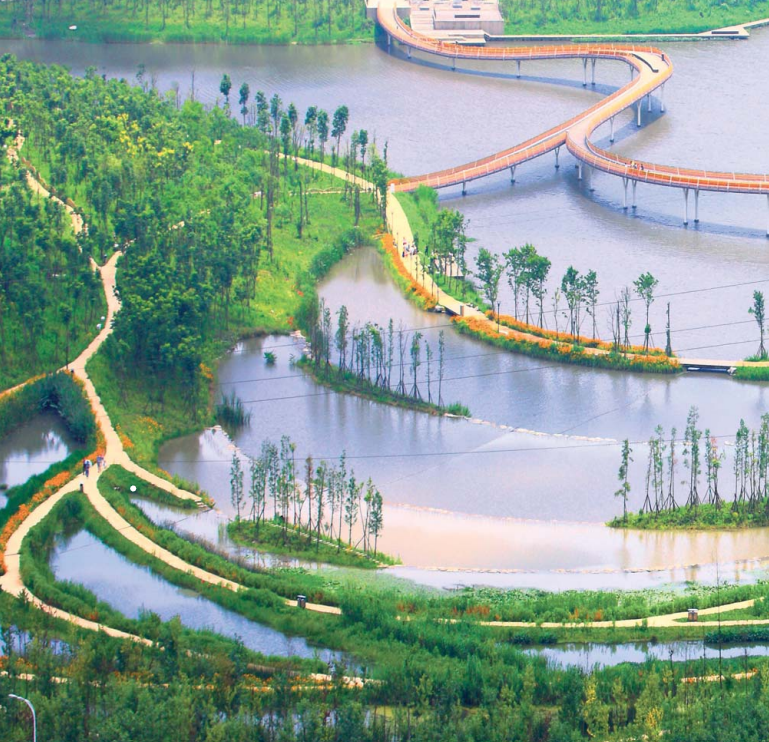Designed ecologies for an urban river system acrosss scales in Kunming and Liupanshui
Author(s): Kongjang Yu
Abstract / Introduction (download full article at the bottom)
For most of civilization, those who were successful in exploiting natural resources and transforming natural patterns through technological advancements were considered to be highly civilized, while those who adapted to natural forces were considered primitive and uncivilized. Cities are by far the largest and most complicated artificial devises that human beings have constructed, and they are considered by many to be the very testament of human civilization. From the origin of the city to its “modernized” form today, natural forces and patterns have become increasingly controlled and dependent on artificial processes. The quality of urbanization thus becomes measured by how quickly rain water drains off our streets, how stable temperature and humidity are maintained in our rooms (or even in open spaces), and how garden trees and shrubs are grown for ornamental purposes rather than for their productivity. This standard of civilization is built upon heavily engineered gray infrastructure. It comprises complicated transportation systems designed for vehicles to deliver goods and services, huge pipe networks laid underground to drain excess storm water, rivers reinforced with concrete walls to control floods, large sewage plants built to treat waste water, power lines to convey energy necessary to run all the machines and devices, et cetera. Built upon this gray infrastructure are showy buildings with deformed heads and twisted bodies that deviate from what natural forces allow. Such a model of urbanization, used by Western cities during their early stages of development, has unfortunately been adopted by developing countries in general.
Publication: ISOCARP Review 10, pp. 12-31
Year: 2014
Editors: Shi Nan, Jim Reilly, Fran Klass
Coordinator: Lucian Perici
Graphic Designer: Ricardo Moura
Download this article: here




